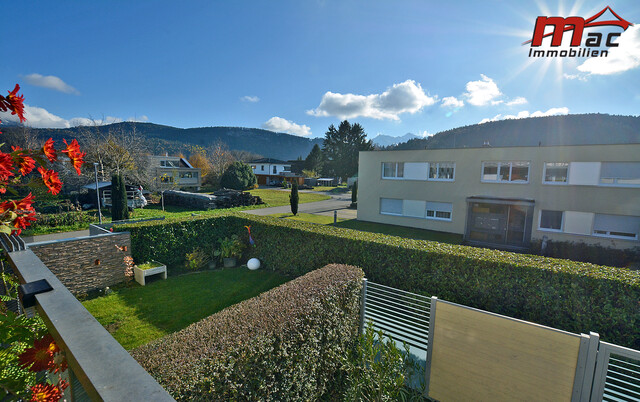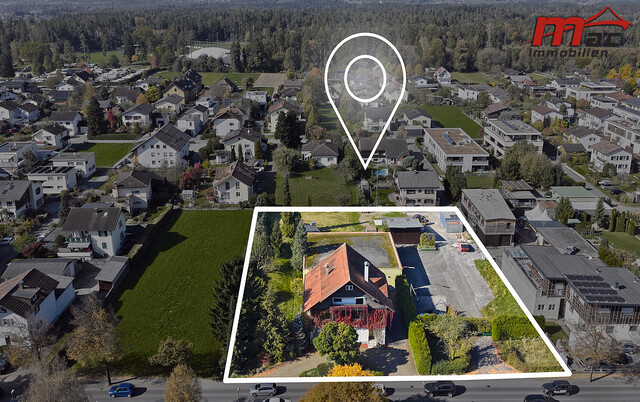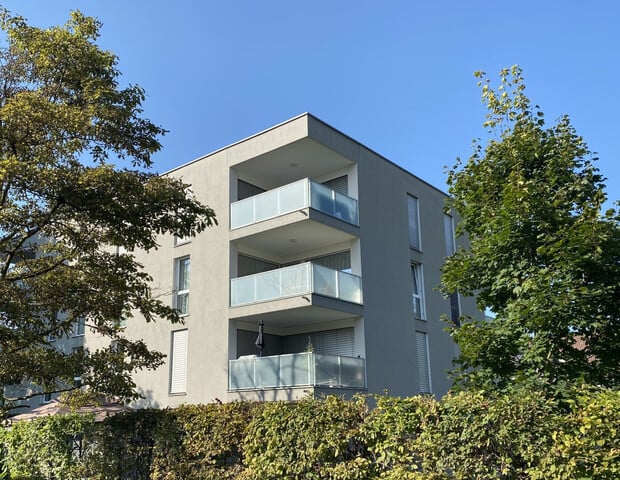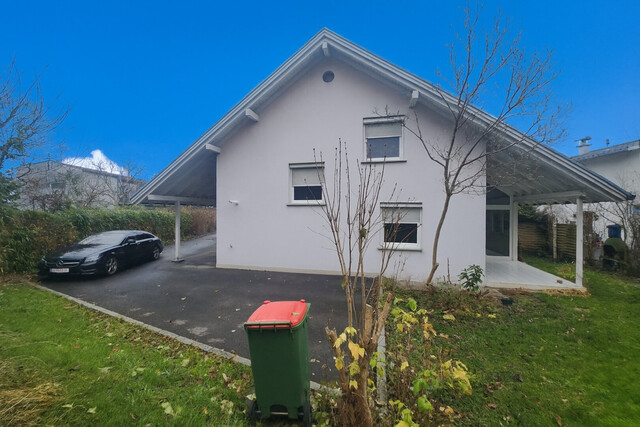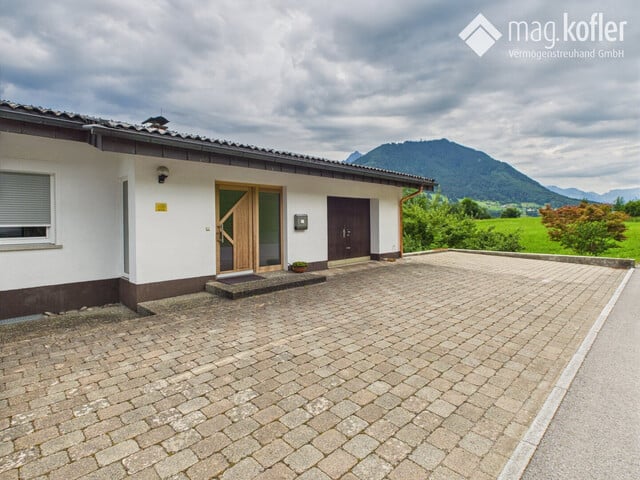Green Wave and Crackdown on Illegal Parkers: New Measures for Faster Public Transport in Vienna
Whether it's increased fines for public transport blockers, structural measures at illegal parking hotspots, or further prioritization for public transport at traffic lights – public transport must get from A to B as quickly as possible. A particular nuisance is illegal parkers who hinder trams and buses from continuing their journey: This happens on average four times a day.
Of 1,528 cases last year, 939 involved the tram. Unlike buses, trams cannot simply swerve. Even after the removal of the illegally parked vehicle, it often takes a long time before regular intervals for our passengers can be maintained again. A look back: In 2010, there were still 3,600 public transport blockers, in 2020 there were 1,649. In recent years, the number has stabilized at around 1,500, but this should be drastically reduced further.
Increased Fines for Illegal Parkers in Vienna
In September 2023, the fines for public transport blockers were significantly increased. Instead of €128, €365 must be paid for an illegally parked car – as much as for an annual pass of the Wiener Linien. 1,060 cases were reported, as illegal parking is not a trivial offense and has massive operational impacts.
The Wiener Linien have been working closely with the districts for years to reduce hotspots of illegally parked cars. This is mitigated by structural measures such as widening and greening sidewalks. The measures taken in recent years, such as in Kreuzgasse in Vienna Währing, are showing results: In 2020, there were still 363 illegally parked cars in the 18th district, and by 2024 this was reduced to 210 incidents. A decrease of over 40 percent!
In general, the rule for drivers is: The concrete slabs on which the tracks lie must always remain clear. Additionally, side mirrors should be folded in. Those who want to be on the safe side simply wait for a tram or bus to pass. Often, a few centimeters when parking, where the car is too far from the curb, are enough to hinder the continuation of public transport.
Wiener Linien and Vienna-Rudolfsheim Mitigate Next Illegal Parking Hotspot
A place where tram line 9 is particularly often slowed down by illegal parkers is Camillo-Sitte-Gasse in Vienna Rudolfsheim. In the summer of 2025, the district and Wiener Linien will therefore redesign the area at the local stop. The sidewalk will be widened, the tram stop extended, and more green space will be created. The district and Wiener Linien are investing over 600,000 euros in the redesign.
While an average of 1.14 people sit in a car, a tram can transport over 200 people. If these were to switch to cars, there would be 176 additional cars on the road. "Public transport is particularly environmentally friendly and space-saving in the city. Viennese who choose the subway, tram, and bus should not be slowed down. Public transport is only particularly attractive if you can reach your destination quickly and reliably," says Alexandra Reinagl, Managing Director of Wiener Linien.
According to the mobility organization VCÖ, new cars are becoming increasingly wider. The average vehicle width in Austria in 2001, excluding side mirrors, was 171.6 cm. Twenty years later, newly registered cars are already almost ten centimeters wider, with an average of 181.1 cm. This can quickly become a problem, especially for trams and their passengers.
Three quarters of all traffic lights in Vienna used by public transport turn green for buses and trams
In Vienna, there are about 1,300 traffic lights that regulate traffic. Approximately 1,050 of these are used by the buses and trams of Wiener Linien. And nearly three quarters of them – 750 – give priority to public transport.
In 2024, 40 traffic lights were adjusted in favor of public transport. Due to heavy traffic in the city center, lines 46 and 49 often missed the green phase when crossing the Gürtel. By extending the green phase by five seconds, it was ensured that outbound trains do not have to wait. Further improvements are planned for this year, including prioritization for line 2 on the Marienbrücke and an accelerated Gürtel crossing for line O.
For buses, structural measures are also intended to ensure reliability and quick progress. An example of this is line 57A, which will receive four new stop caps on Gumpendorfer Straße. Cap stops offer numerous advantages for public transport and its passengers. Buses no longer have to merge in and out of bays. Buses drive ahead of other traffic participants and can depart unhindered after passenger changes. Specifically, the stops Sonnenuhrgasse and Brückengasse will be rebuilt in both directions. Construction is scheduled to begin in 2026.
(Red)
This article has been automatically translated, read the original article here.
Du hast einen Hinweis für uns? Oder einen Insider-Tipp, was bei dir in der Gegend gerade passiert? Dann melde dich bei uns, damit wir darüber berichten können.
Wir gehen allen Hinweisen nach, die wir erhalten. Und damit wir schon einen Vorgeschmack und einen guten Überblick bekommen, freuen wir uns über Fotos, Videos oder Texte. Einfach das Formular unten ausfüllen und schon landet dein Tipp bei uns in der Redaktion.
Alternativ kannst du uns direkt über WhatsApp kontaktieren: Zum WhatsApp Chat
Herzlichen Dank für deine Zusendung.


